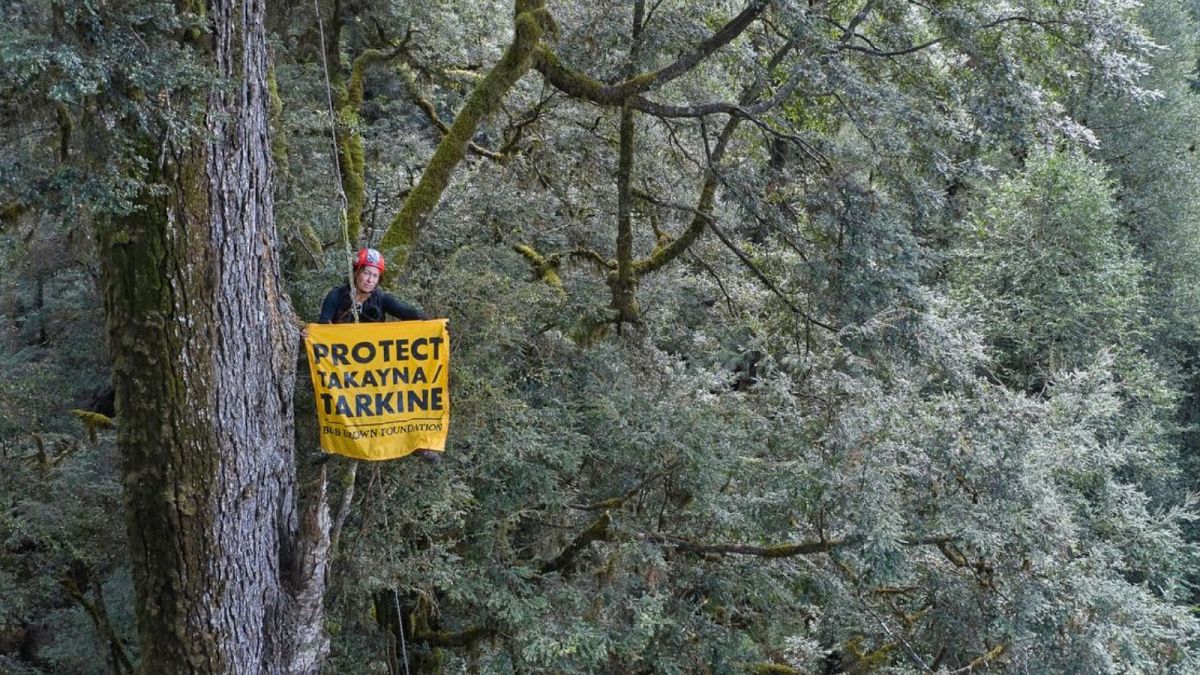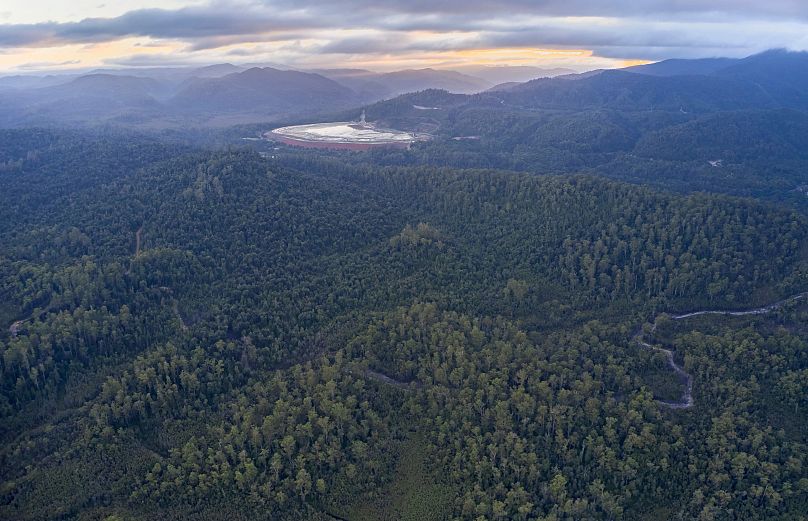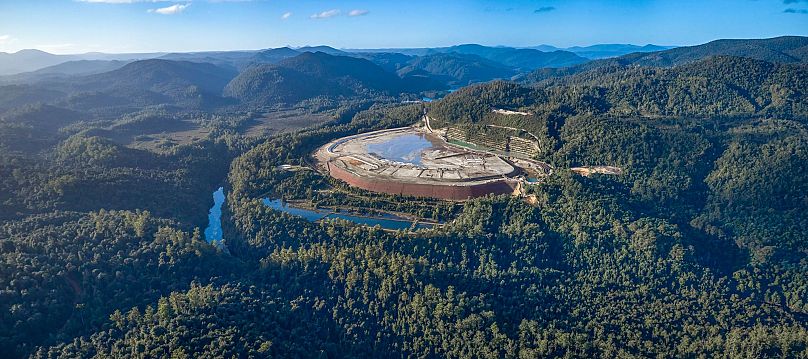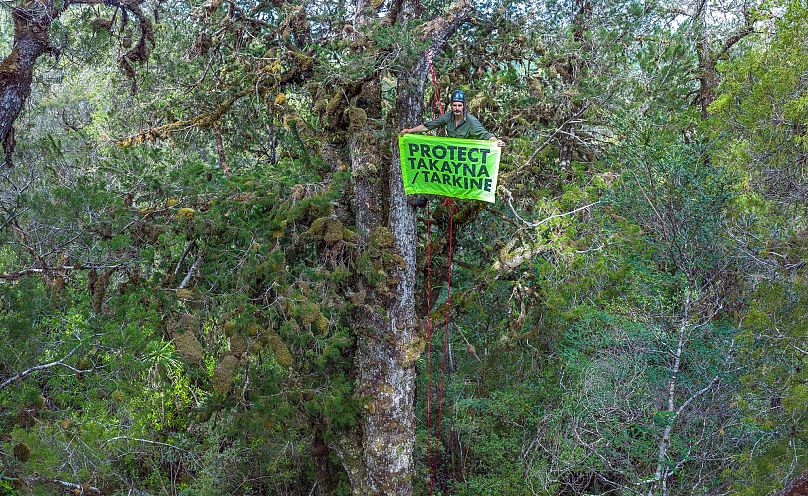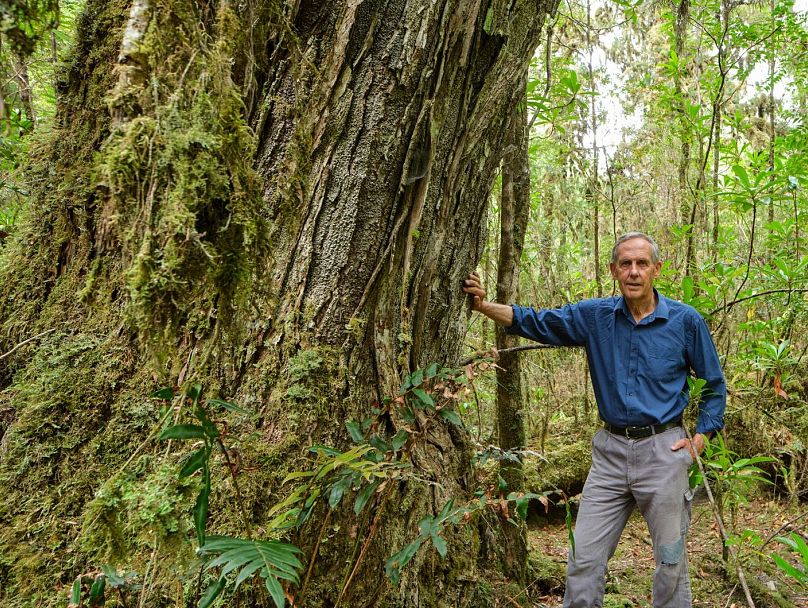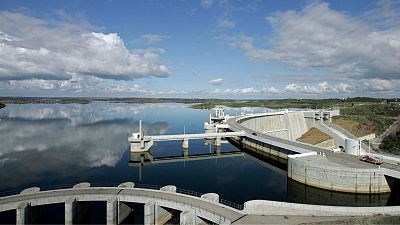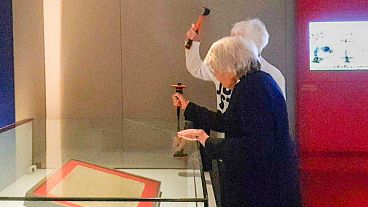Plans to bury the Tarkane under “50 metres of toxic sludge” have been paused by Australia's federal court.
Environmentalists who took legal action to prevent a toxic waste dump in an ancient pocket of Tasmania’s Tarkine rainforest are celebrating a federal court win.
The Bob Brown Foundation is a Tasmanian NGO which promotes the protection of the Australian state’s wild and natural places of ecological significance.
Yesterday (25 July) the organisation heard it had been successful in its latest attempt to stop Chinese mining company MMG opening a tailings dam near the town of Rosebery on the island's west coast.
Australia’s federal court found that the country's then environment minister, Sussan Ley, had failed to apply the ‘precautionary principle’ before approving drilling and surveying works at the site. This is a key concept in environmental law, which holds that ecological assessments must be carried out when not enough is known about the impact of a new development.
Federal court justice Mark Moshinsky upheld the NGO’s objection on the grounds that the endangered Tasmanian masked owl was not properly considered. That means a new assessment is set to take place, effectively halting MMG’s plans for the dam.
“This is huge,” Dr Bob Brown, founder of the Australian Green Party and Bob Brown Foundation said in response to the news. “It is a judgment of environmental law which will extend beyond Tasmania’s takayna/Tarkine rainforest and its threatened wildlife, to threatened environments all across Australia.”
Why is it important to preserve the Tarkine?
The Tarkine, or takayna as it is also called - after the Aboriginal people who lived in the region - is a pristine wilderness of almost 4,500 square kilometres.
It is a diverse landscape and a crucial habitat for 60 of Tasmania’s rare and endangered species, from the giant freshwater crayfish (the world’s largest invertebrate) to the wedge-tailed eagle. The world’s largest marsupial carnivore, the Tasmanian devil, is also on the brink of extinction in the rainforest.
Then there’s the masked owl, which took centre stage in yesterday’s decision. The forest is critical breeding for the bird - Australia’s largest barn owl - which Ley’s own Threatened Species Unit listed as vulnerable to extinction.
The Tarkine’s special status goes well beyond the plight of several endangered, and charismatic, animals however.
Sharnie Everett, a ‘Strong in Country’ project worker at Tasmanian Aboriginal Centre, says “Takayna is a special place, housing rock engravings, middens, hut depressions, seal hides, caves and many other physical aspects of our ancient history. The ancient history of our Island and our people.”
“It is a showcase of a cultural lifestyle that has sustained Palawa people for thousands of generations, and provides us with a connection to our ancestors and to our country”, she adds.
Ancient, temperate rainforest - the largest in Australia - covers a large part of this extraordinary region and can be traced back more than 60 million years, to the ancient continent of Gondwana.
Primeval tree species thrive here as do tree ferns, which can grow to six metres in height. But all this is under threat from mining companies in the region.
What is MMG doing in the Tarkine?
Chinese-state owned MMG is looking for a new place to store the toxic mining waste produced by its 85-year-old zinc, copper and lead mine in Rosebery.
The company’s controversial plan involves transporting waste using a 3.5 kilometre pipeline over the Pieman River, into a new tailings dam in the Tarkine rainforest.
This facility would hold approximately 25 million cubic metres of mining waste and eventually bury 140 hectares of this pristine rainforest - the equivalent of around 175 football pitches - under 50 metres of toxic sludge.
Mining plays an important part in Australia’s economy, and the Rosebery mine provides around 500 regional jobs. Not everyone is against the development. The Tasmanian government is a strong supporter of the new dam, which would have a lifespan of over 40 years and ensure the mine's operation for several more decades.
MMG has warned Rosebery mine could be forced to close if the new site is not developed. But the Bob Brown Foundation claims there are less fragile alternatives on the mine side of the river, outside the Tarkine.
Many locals have expressed shock and outrage at the plans. Dr Nicole Anderson, a rural GP and specialist in wilderness and expedition medicine, says these areas play an important role in our wellbeing.
“Something many people don’t [appreciate] is the medicine which soothes us when we are in undisturbed landscapes”, she explains. “We not only are able to drink unpolluted water and inhale fresh air, which has been cleaned by the vegetation, but we also inhale pheromones and other chemicals from the animals and plants around us, and spores of ferns and fungi.”
“A toxic mining tailings dam does not belong in a place like the Tarkine,” she argues. "To destroy healthy forest and its life, for toxic industrial waste, is a callous disregard for natural values which are far more precious than whatever can be mined for.”
The largest sustained direct action in Tasmania since 1983
Forest defenders from across Australia have been fighting hard to stop the plans going ahead. A blockade of the road to the site - spanning the ground and trees - was in place for more than 550 days until 1 July, when a court injunction temporarily prevented any further work by MMG.
This marked the largest sustained direct action in Tasmania since the Franklin Blockade in 1982-1983, which led to the formation of Australia's Green Party. More than 80 campaigners have so far been arrested for their role in the non violent direct action.
“The majority of people in Tasmania want takayna preserved and protected from logging and mining. This was powerfully illustrated last winter, when in the depths of Tasmania’s cold, hundreds of people participated in protests in the rainforests”, says Jenny Weber, campaign manager at the Bob Brown Foundation.
“On a planet where nature is being destroyed at an unprecedented rate, a large intact area like takayna is unique and precious.”
What does the legal victory mean for the Tarkine?
Although the Tarkine has immense cultural and ecological value, it lacks protection and is at the mercy of extractive industries because of the great political power wielded by the mining and logging lobbyists in Australia.
A decade ago, the Australian Heritage Council recommended the region be recognised for its ‘outstanding national heritage significance’ and ‘extensive high-quality wilderness and natural landscape values’. However, the government failed to protect the whole recommended area, listing only a two kilometre section along the coastline.
Dr Bob Brown wants to see the region made into a national park and world heritage area, which would be given back to the Tasmanian Aboriginal people.
Speaking after yesterday’s federal court win, he says “Here is a remarkable opportunity for [new] environment minister Tanya Plibersek to right the terrible wrong of Sussan Ley’s failure. The nation’s environmentalists will be counting on her to apply the law and protect this ancient rainforest and all of its threatened wildlife.”
While Plibersek considers her decision, justice Moshinsky has reserved his orders until a hearing expected later this week.
Held in check for now, if the tailings dam goes ahead it would be a “gate-opener to many other potential mining projects" in the region, warns Brown.
